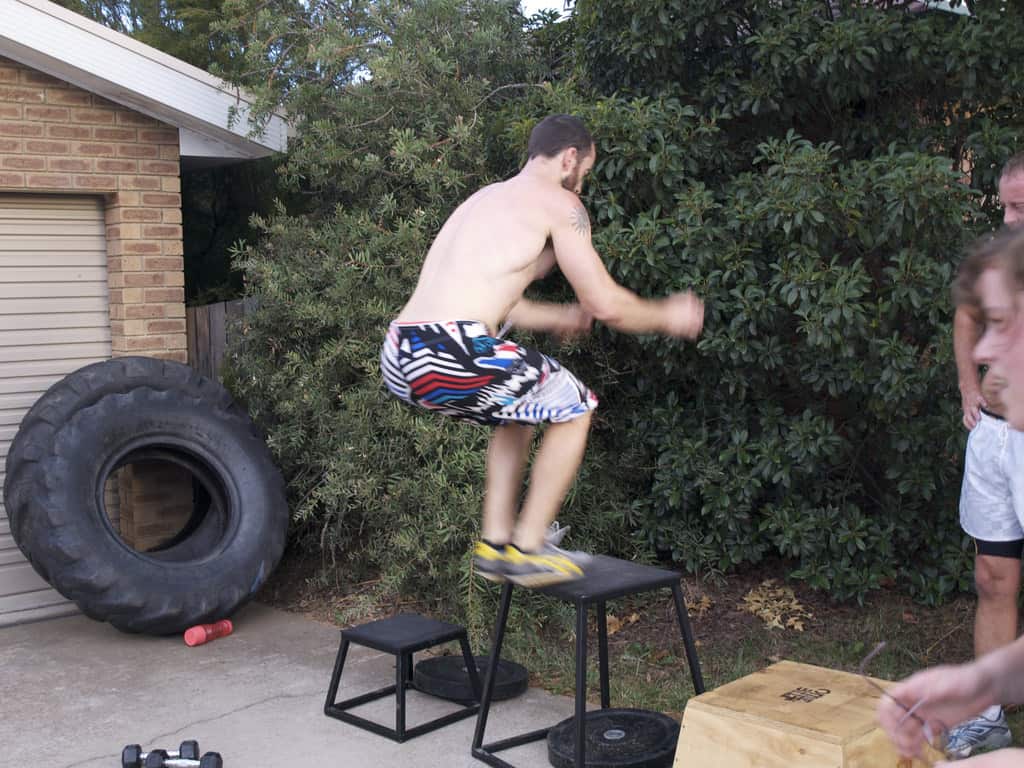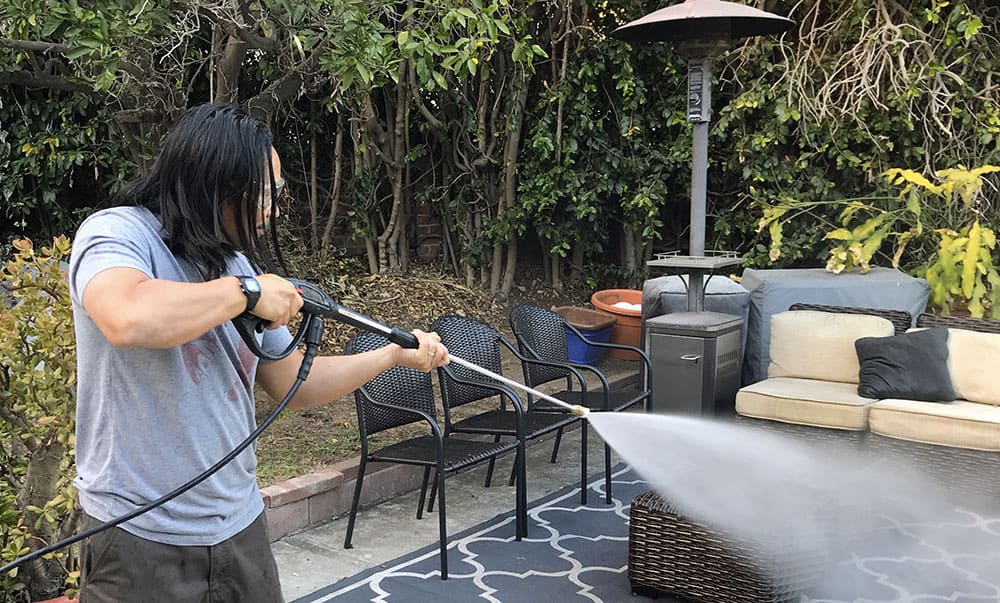
We’ve received many questions about repairing flooded appliances. Not all appliances are salvageable, but you can run a few tests to determine if they are still safe to use after a flood.
Please do not put them on the street for trash pickup if you’re willing to allow some time and troubleshooting to repair them. Parts can be purchased online and there’s a good chance you can revive them yourself.
What To Do With Flooded Appliances
Your major appliances have been flooded with more than one foot of water. The following procedures apply after the water is gone and you want to decide what to do with your machines. Do not immediately power up your washer and dryer to see if they work. Unplug all appliances before you start working on them.
Revive a Washer and Dryer
Clean Your Appliances
Wash inside and out with a mild detergent. Don’t use bleach since it will promote rust. Clean the lint filter in the dryer. Clean the dryer drum and the washer tub.
Dry Your Appliances
Thoroughly dry the washer and dryer, in the Sun if possible, for at least 8 hours. The exposed wiring in the big drive motors is a concern. Sitting in dirty water for several days softens the varnish on the motor windings so that they may short out when power is applied. You can speed up the drying process with a hair dryer if you have power and can get to the drive motor via an access panel.
Test Your Appliances
Plug your electric dryer into the wall outlet but don’t bother hooking up the exhaust duct just yet. Set the controls for low heat and hit the start button. You may smell smoke if the dryer keeps running because dirt and lint are burning off the heater coils.
Although, if the circuit breaker trips and the dryer stops, the drive motor may have burned up. Proceed to Failed Test Options. If the dryer cycle control knob doesn’t advance, you have lost the little motor in the timer switch. Use some other means to control your clothes drying time because the dryer will no longer automatically turn off when the clothes are dry.
Hook up the washer drain and water hoses. Plug in power and select any wash cycle and the lowest water level. Don’t load any clothes yet. Start the wash cycle, wait until the water level is satisfied and pray that a top loader washer starts agitating or a front loader drum starts turning.
Declare victory if the washer finishes the cycle. If the washer stays in the agitate cycle and doesn’t advance to drain, the cycle selector may have to be replaced. Run the washer with higher water levels and detergent to wash out more of the dirt.
Failed Test Options
Take a failed washer or dryer to the curb if you’re not inclined to repair it yourself. Waiting for weeks for a repair person and paying more than half the cost of a new machine for parts and labor may not make good sense.
However, if you want to save some time and money, the Internet is your friend. Countless repair and parts websites and YouTube will help you get your appliance going again. (I recommend www.the-appliance-clinic.com website for repair procedures).
Revive a Refrigerator or Freezer After a Flood
Revive or Discard Appliances
You will be knocked over by the sight and smell of spoiled food in a flooded refrigerator or freezer that has gone without power for several days. The decision to restore or discard should be made with the machine plugged in and running.
Only use a grounded outlet. Confirm that there is power by noting whether or not the internal light comes on when the door is opened. If the freezer section appears to be cooling there is hope. Discard the machine if power is on and nothing is moving; no fan noise or compressor sounds.
Clean Appliances
A thorough cleaning inside and out is required if you decide to keep the machine. Turn the refrigerator or freezer off using the thermostat control so that the internal lights will illuminate the inside for cleaning. All traces of food must be removed followed by cleaning with a strong disinfectant.
Clean the surfaces and seams of the plastic liner. The condenser coils are usually located down at the bottom behind the toe plate or the rear access panel. Try to get as much lint and dirt off the coils as you can. Do not lay a refrigerator or freezer down on it’s side to gain access to the condenser coils. Stand a refrigerator upright for at least 24 hours before it is turned on if it has been laid down to move or clean it.
Test Your Appliances
Place a thermometer in the freezer section and let the refrigerator or freezer run for a couple of hours. Temperatures approaching zero degrees F are great. Check the condenser fan down in the bottom if the machine is struggling to reach 32 degrees F. The icemaker will stop working and frost may appear in the freezer section.
Heat is not being carried away from the condenser coils fast enough. The defrost timer motor and switch are not working correctly if the freezer section warms up to around 32 degrees F after a day or two because the defrost heaters are not coming on.
You can force the machine into and out of defrost by manually advancing the defrost timer/switch. Sweating on the outside of the cabinet or doors indicates wet fiberglass insulation inside. It is very difficult to expose and dry this type of insulation.
Repair Your Appliances
It is usually not feasible or necessary to make repairs to the refrigerant gas components of a refrigerator or freezer (compressor, evaporator coils or condenser coils). Most failures occur in the electrical parts (defrost timer/switch, fan motors or defrost heaters). The parts are relatively inexpensive and the repair procedures can be performed by the average homeowner.
This article was submitted by Oron Schmidt who has been in the appliance repair business for 30 years. He was inspired to write this piece after witnessing the devastation of Hurricane Harvey in his home state of Texas.



